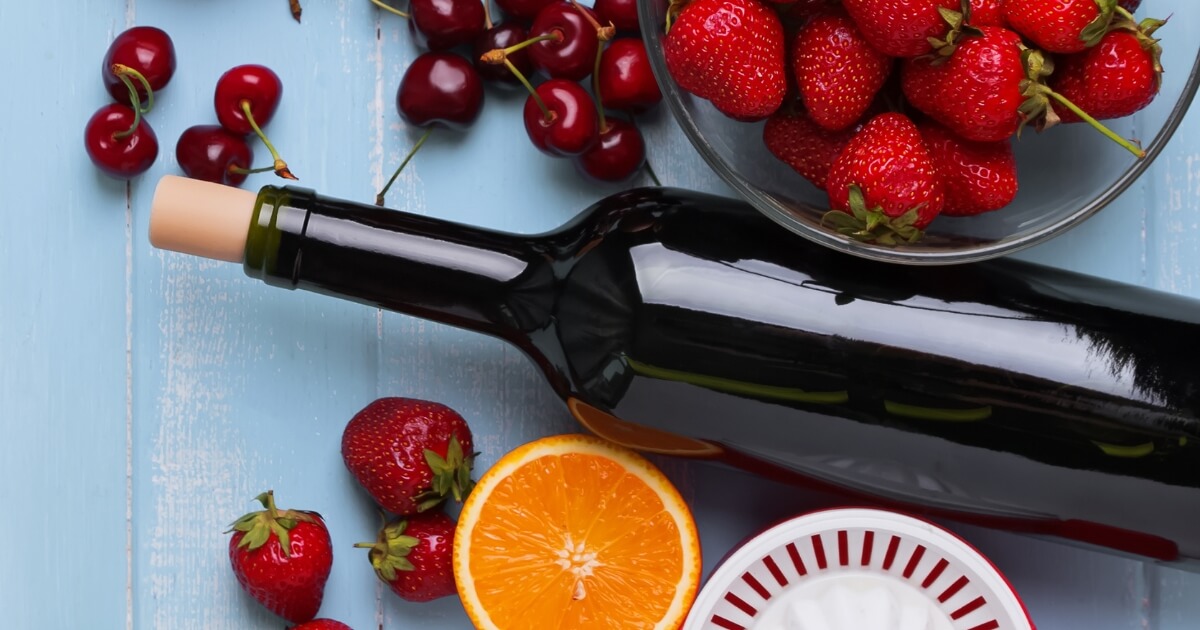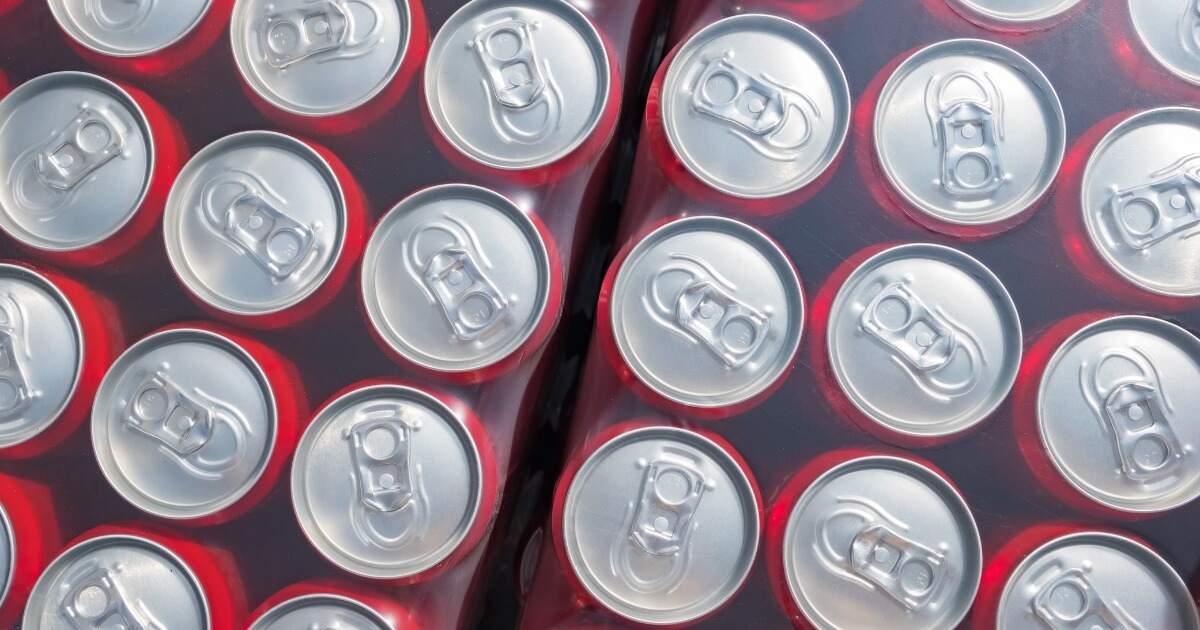You’ve probably found yourself with some leftover sangria after a get-together, whether it’s a batch you mixed up yourself or a bottle you picked up from the store. Having that blend of wine and fruit ready to pour is always a treat. But how long will it stay good when it’s back in the fridge?
Well, you’re in the right place to find out because both homemade and bottled Sangria have a very limited shelf life unlike other alcohols.

In this guide, I’ll explain everything from storage tips to recognizing when to say goodbye to that batch to help ensure that your next glass of Sangria is just as vibrant and enjoyable as when it was first served.
How Long Does Sangria Last?
Navigating the shelf life of Sangria can be a bit like planning a summer party. You need the right information to make it a success. Let’s break it down with a clear look at how long Sangria lasts, both opened and unopened.
| Storage Method | Shelf Life | Notes |
|---|---|---|
| Unopened Bottled Sangria | 3 months | Store in a cool, dry place; refrigeration recommended. Check label for specific expiration dates. |
| Opened Bottled Sangria | 3-5 days in the fridge | Best consumed within a few days. Refrigerate and seal well to maintain flavor. |
| Homemade Sangria | Up to 5 days in the fridge | Refrigerate in an airtight container. Shelf life depends on preparation and ingredients, especially the type of fruit used. |
| Homemade Sangria (White Wine Base) | 5-7 days in the fridge | White wine sangria can have a slightly longer fridge life. Store in an airtight container. |
| Homemade Sangria (Full-Bodied White/Red Wine Base) | 3-5 days in the fridge | Consume full-bodied wine sangrias quicker due to their robust flavors. Refrigerate in an airtight container. |
| Frozen Sangria (Cubes or Popsicles) | 1-2 weeks in the freezer | Remove fruit chunks before freezing. Great for extending shelf life and making refreshing treats. |
Opened
An opened bottle of Sangria will stay in good shape for 3-5 days in the fridge, depending on your Sangria’s fruit content, alcohol content, and how well it’s sealed after opening.
Keep it refrigerated and tightly sealed. This slows down the oxidation process that dulls the fruity flavors. If your Sangria includes carbonated ingredients, like sparkling water or soda, consume it quicker to enjoy the fizz.
Unopened
Unopened Sangria, much like a good bottle of wine, can last quite a bit longer.
If you’ve got an unopened bottle of store-bought Sangria, it generally keeps its quality for about 3 months when stored in a cool, dark place, like your pantry or cellar. The key factors here are the wine type used and the sangria preservatives.
However, some varieties, especially those made with a higher-quality wine base or fewer preservatives, might have a shorter shelf life.
Always check the bottle’s label for specific storage instructions or expiration dates. Remember, once you open that bottle, the same rules apply as with opened Sangria.
Homemade
Let’s talk about homemade Sangria – the star of many home gatherings. When you make Sangria from scratch, using a blend of your favorite wine, an array of fruits, and perhaps a splash of brandy or orange juice, its shelf life is slightly different.
Homemade Sangria is best enjoyed within 2-3 days when stored in the refrigerator.
The freshness of the fruit ingredients plays a crucial role in determining how long your homemade concoction stays delightful. If you’ve loaded it with fresh fruit pieces like apples, oranges, or seasonal fruit, these start to break down and can affect the overall flavor and quality of the Sangria.

Always store your homemade Sangria in an airtight container to keep it from absorbing other flavors in the fridge and slow down the wine’s oxidation process.
At Room Temperature
A common scenario is leaving Sangria out at room temperature after the party winds down. But just how long can it sit out before it becomes a problem?
When left out, Sangria follows a different timeline than when refrigerated. According to the USDA, you shouldn’t let food or drinks sit out for more than two hours. But on a hot day, you’ve got just minutes before things start to head south.
This risk of spoilage raises a flag for potential food poisoning, especially if the Sangria has been sitting out for an extended period in warm conditions. Bacteria thrive in these environments, making your delightful drink a potential health hazard.
So, to keep things safe and enjoyable, it’s best to refrigerate your Sangria if you’re not planning to finish it right away.
How to Tell if Sangria is Bad
Because there is sugar and fruits in Sangria, which bacteria and molds can thrive on, you need to look out for signs that your Sangria is no longer good to drink:
- Color Change: If your Sangria starts to lose its vibrant hue or looks significantly different, it’s a warning sign. Red wine sangria might turn a brownish color.
- Fruit Appearance: The fruit in your Sangria is a great indicator. If the fruit pieces look mushy, discolored, or have lost their freshness, it’s time to discard the Sangria.
- Off Smell: Trust your nose. If the Sangria has an off or sour smell, it clearly indicates it has gone bad.
- Taste: Don’t drink it if it tastes off, particularly sour or vinegary.
- Mold Growth: This is a definite no-go. If you spot any mold floating in the Sangria or around the rim of the bottle or container, discard it immediately.
It’s always best to discard any sangria showing spoilage.
Tips for Storing Sangria at Home
Here are some handy tips to help you get the most out of your Sangria, whether it’s a homemade batch or a store-bought bottle:
- Refrigeration: Always store Sangria in the fridge. The cold temperature slows down the oxidation process and keeps the fruit fresh.
- Airtight Containers: Use an airtight container or pitcher with a tight lid for homemade Sangria. This prevents the Sangria from absorbing other flavors in the fridge and maintains its freshness.
- Avoid Direct Light and Heat: If you have unopened bottled Sangria, store it in a cool, dark place away from direct sunlight and heat sources.
- Seal the Bottle: If you’re storing opened bottled Sangria, seal it as tightly as possible. If the original cap is not effective, transfer it to a bottle with a screw-on cap.
- Freezing Option: Freeze leftover Sangria in ice cube trays or as popsicles for a refreshing treat. This is especially useful if you know you won’t finish it within the optimal fridge storage period.
- Label and Date: Keep track of when you made or opened your Sangria.
- Regular Checks: Give your stored Sangria a quick check before serving. Look for any signs of spoilage, like changes in color, smell, or the appearance of the fruit.
By following these tips, you can enjoy your Sangria at its best and avoid the disappointment of pouring a once-delicious concoction down the drain.








